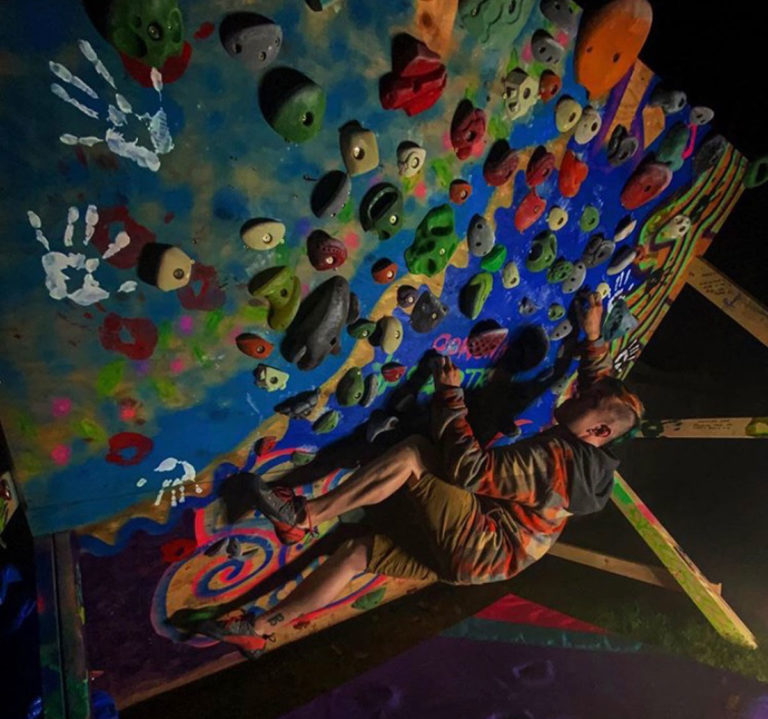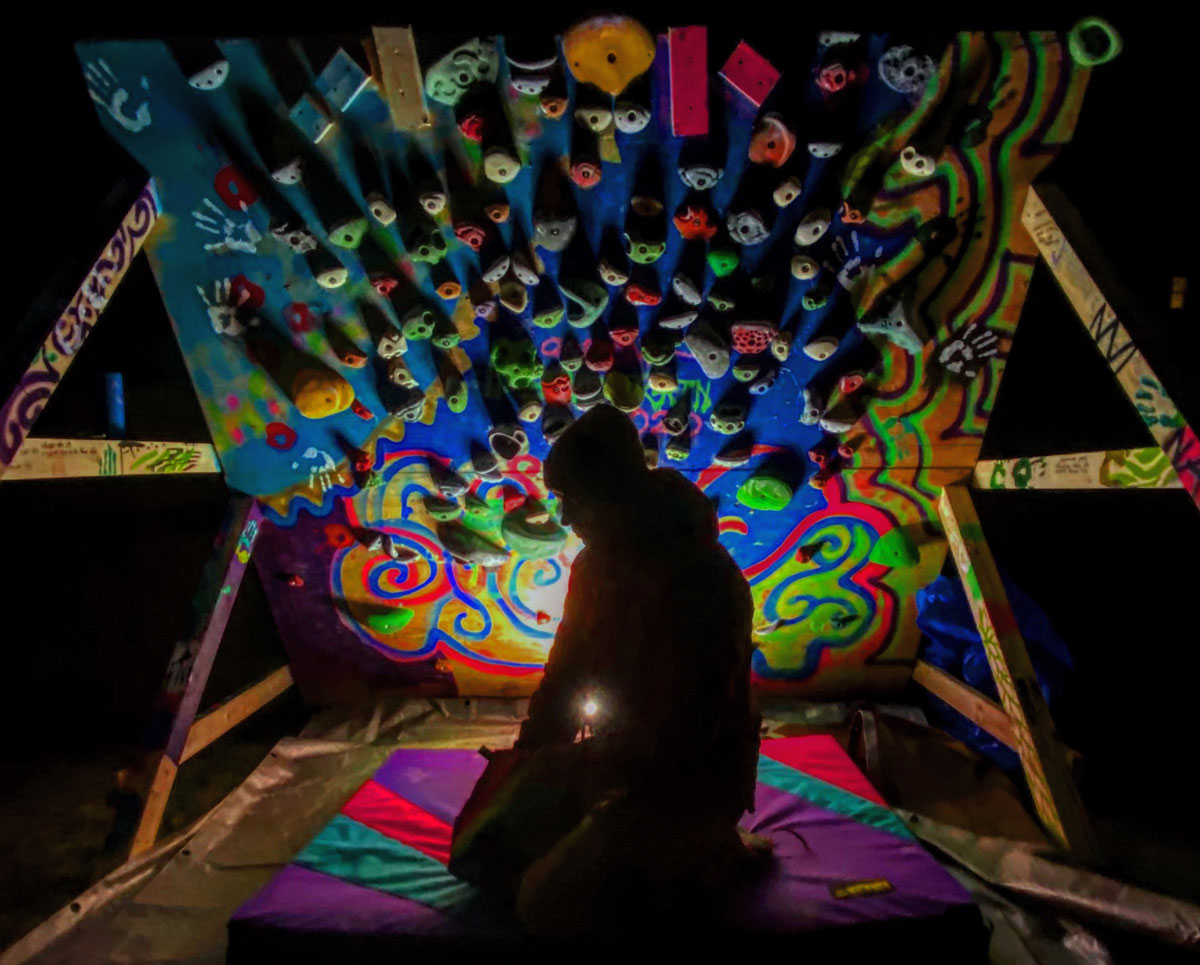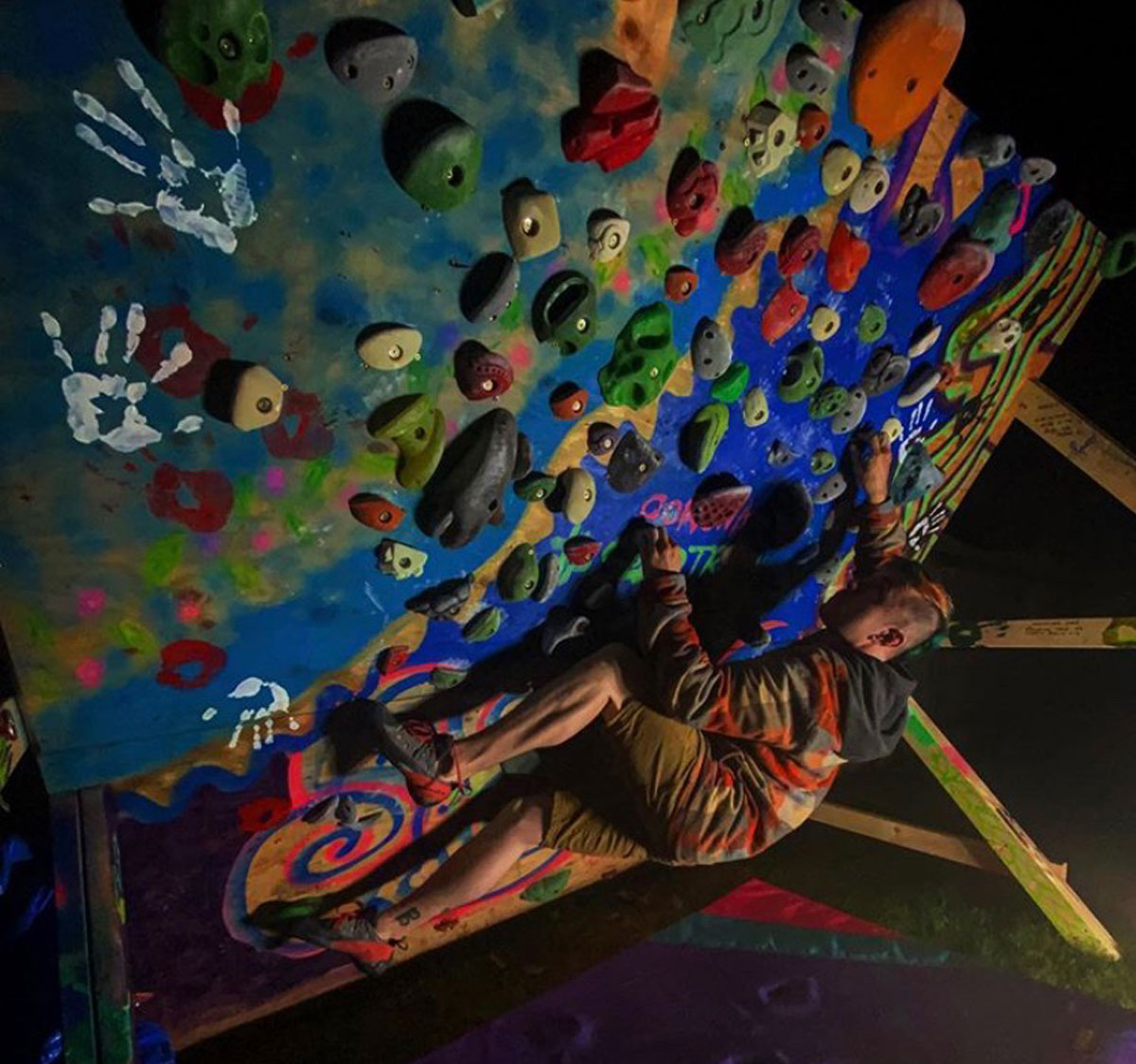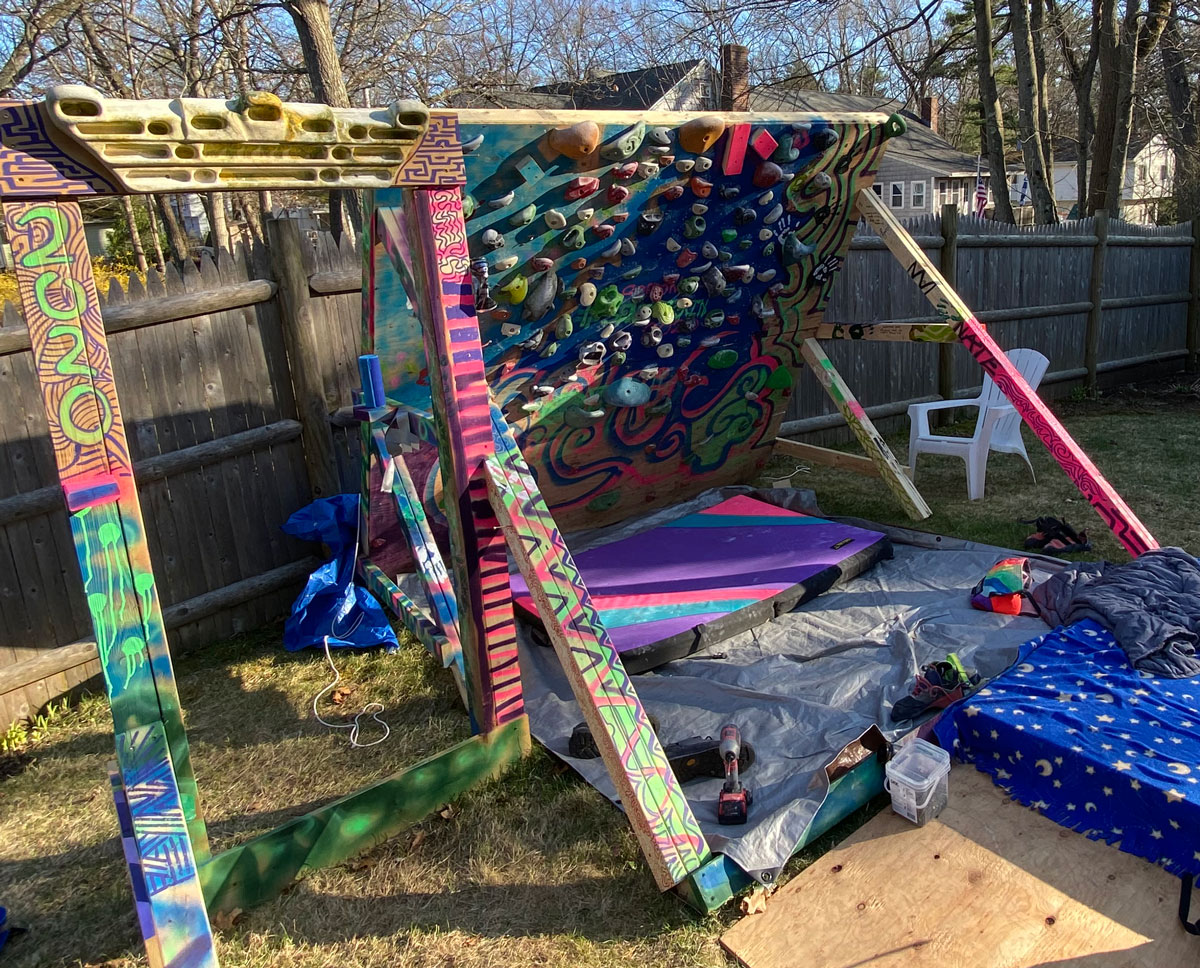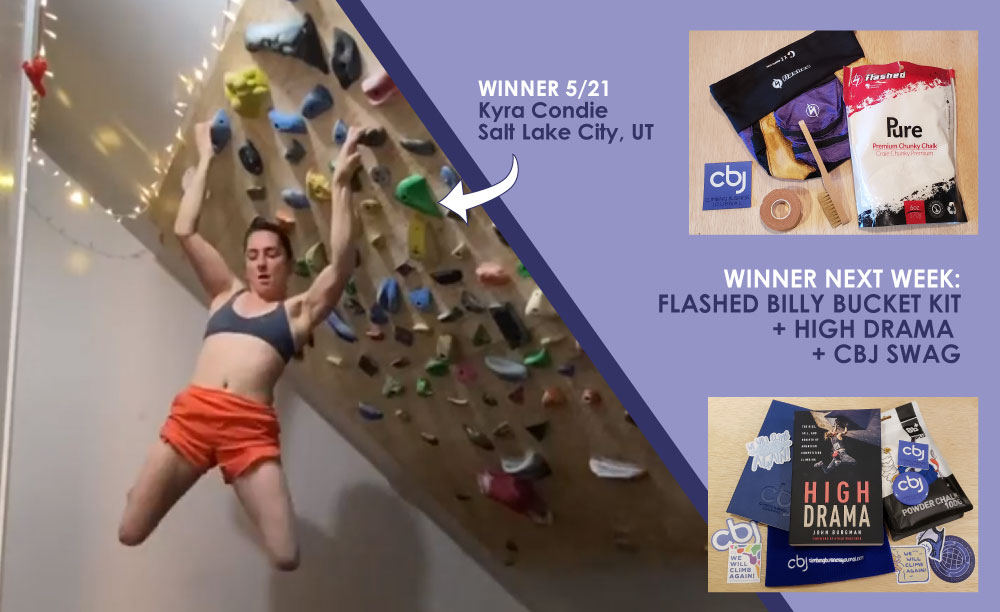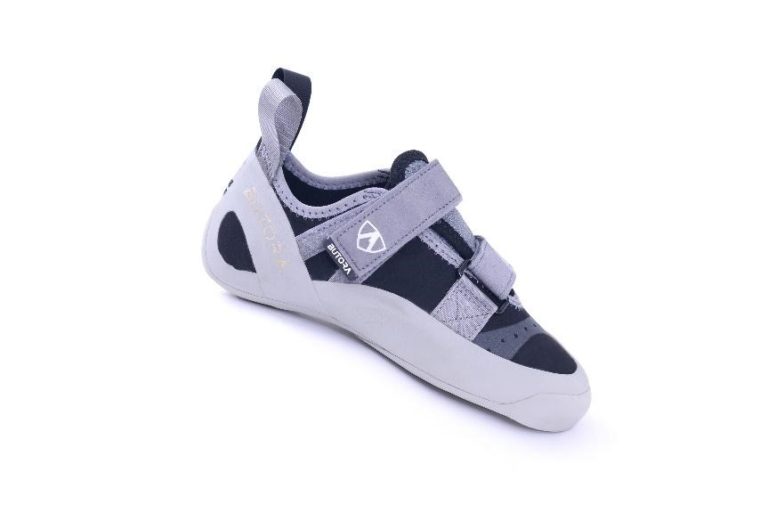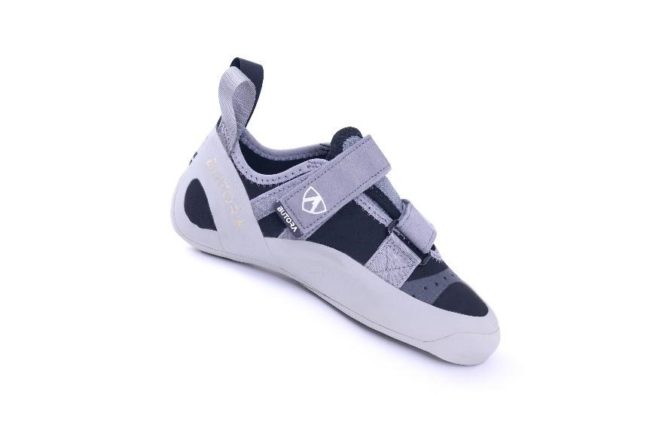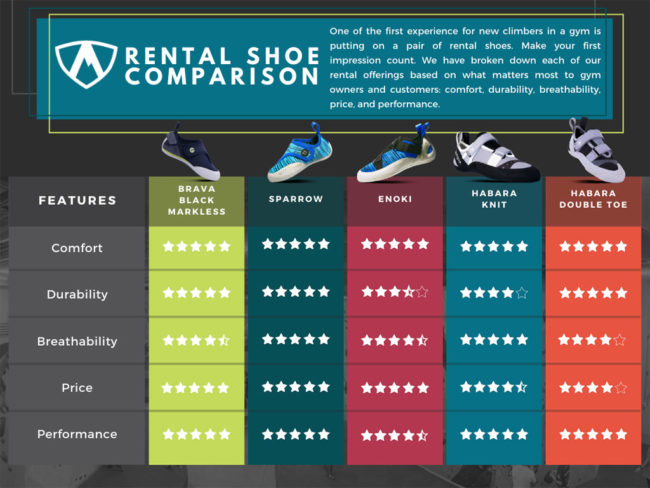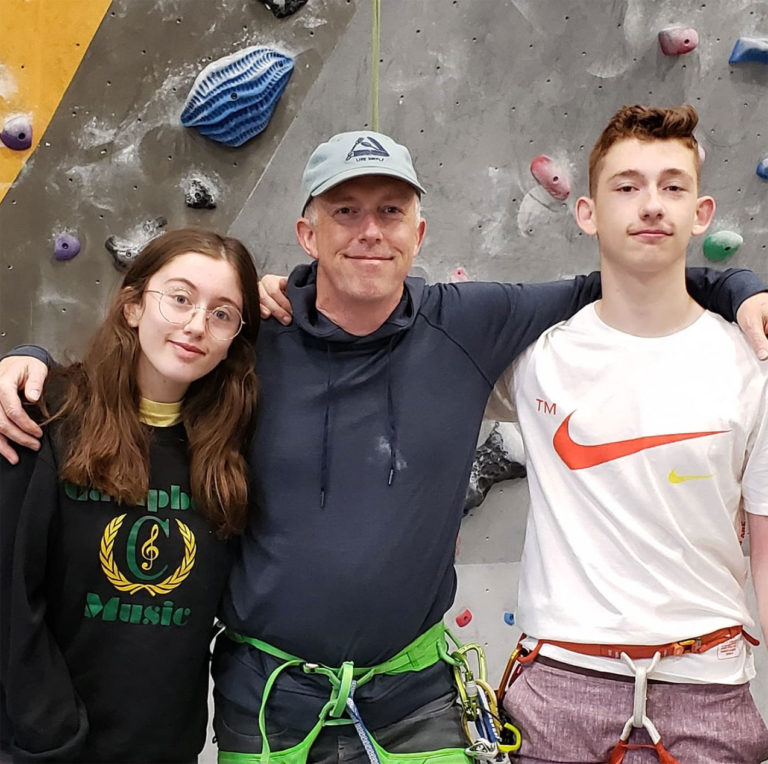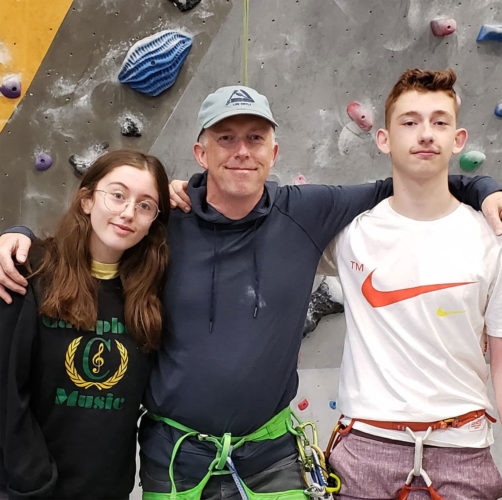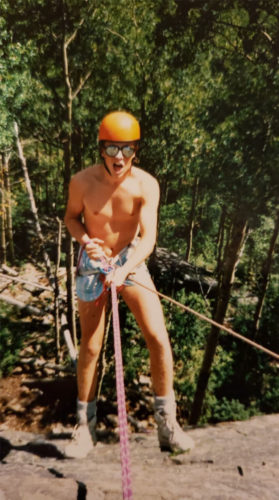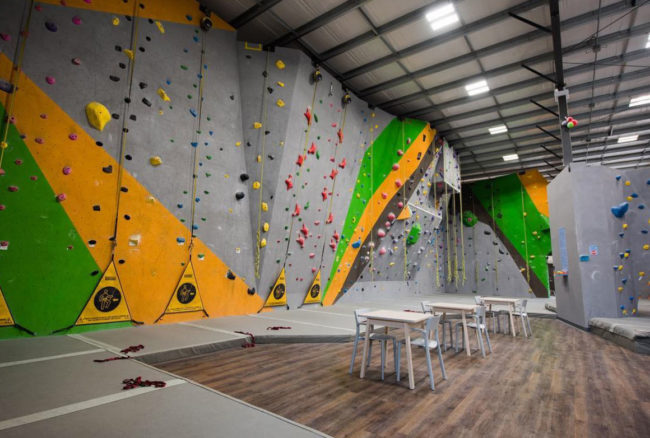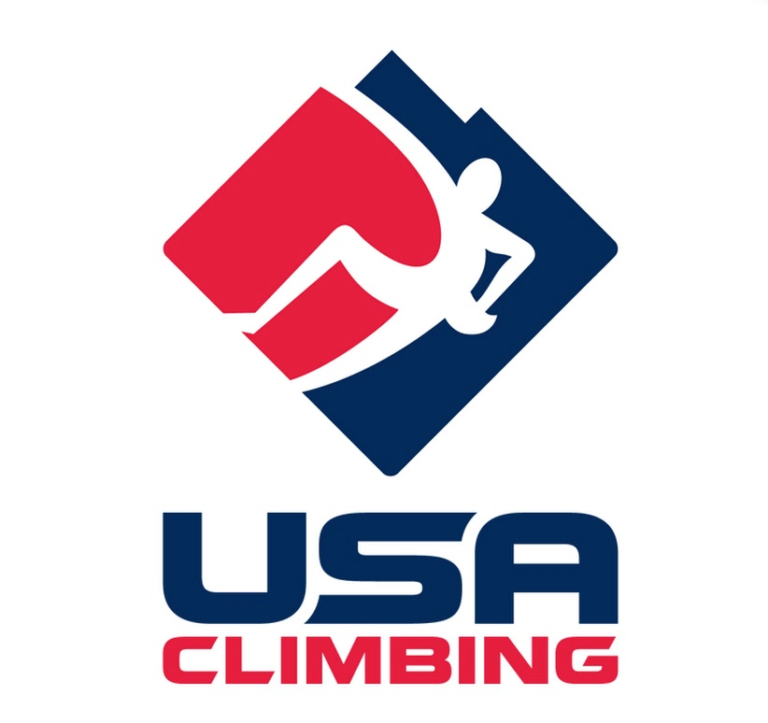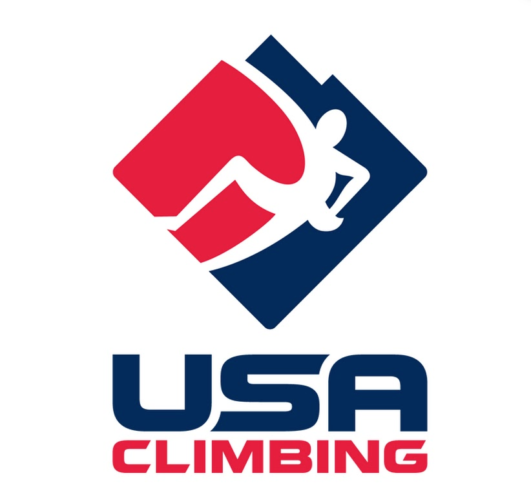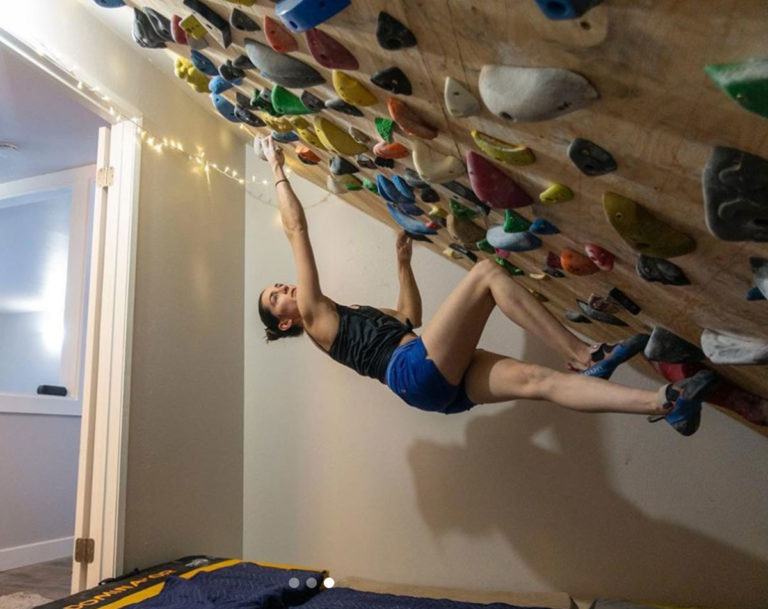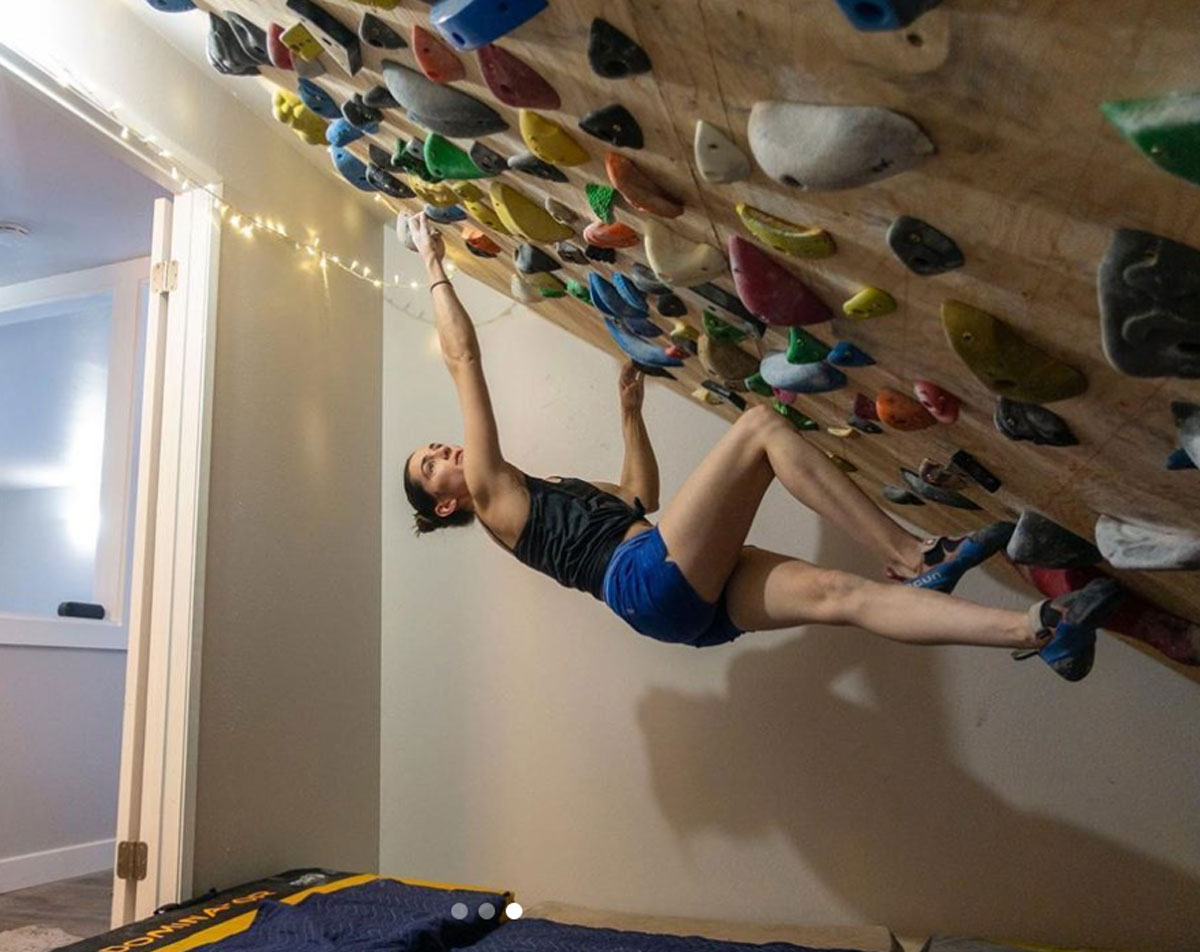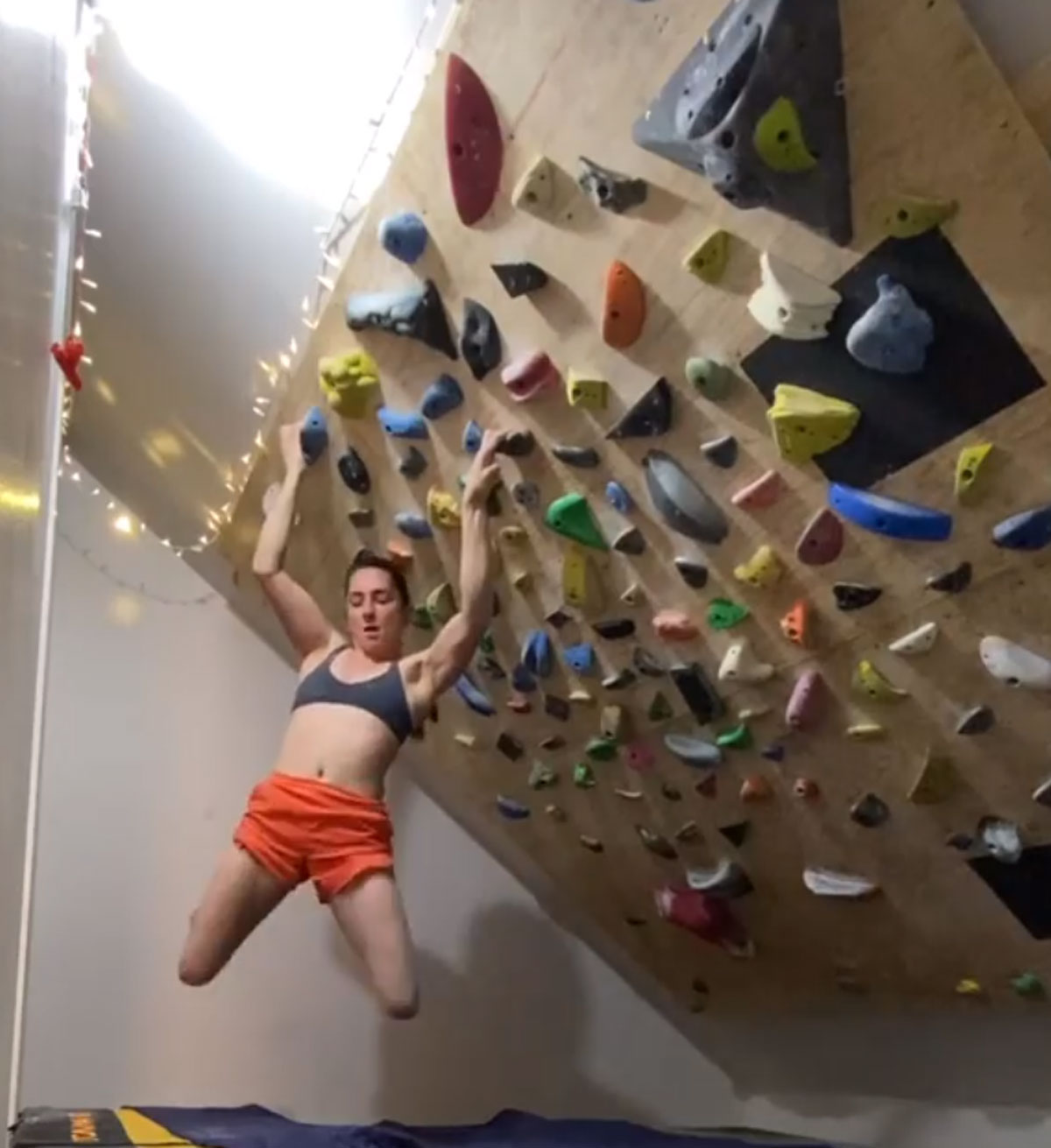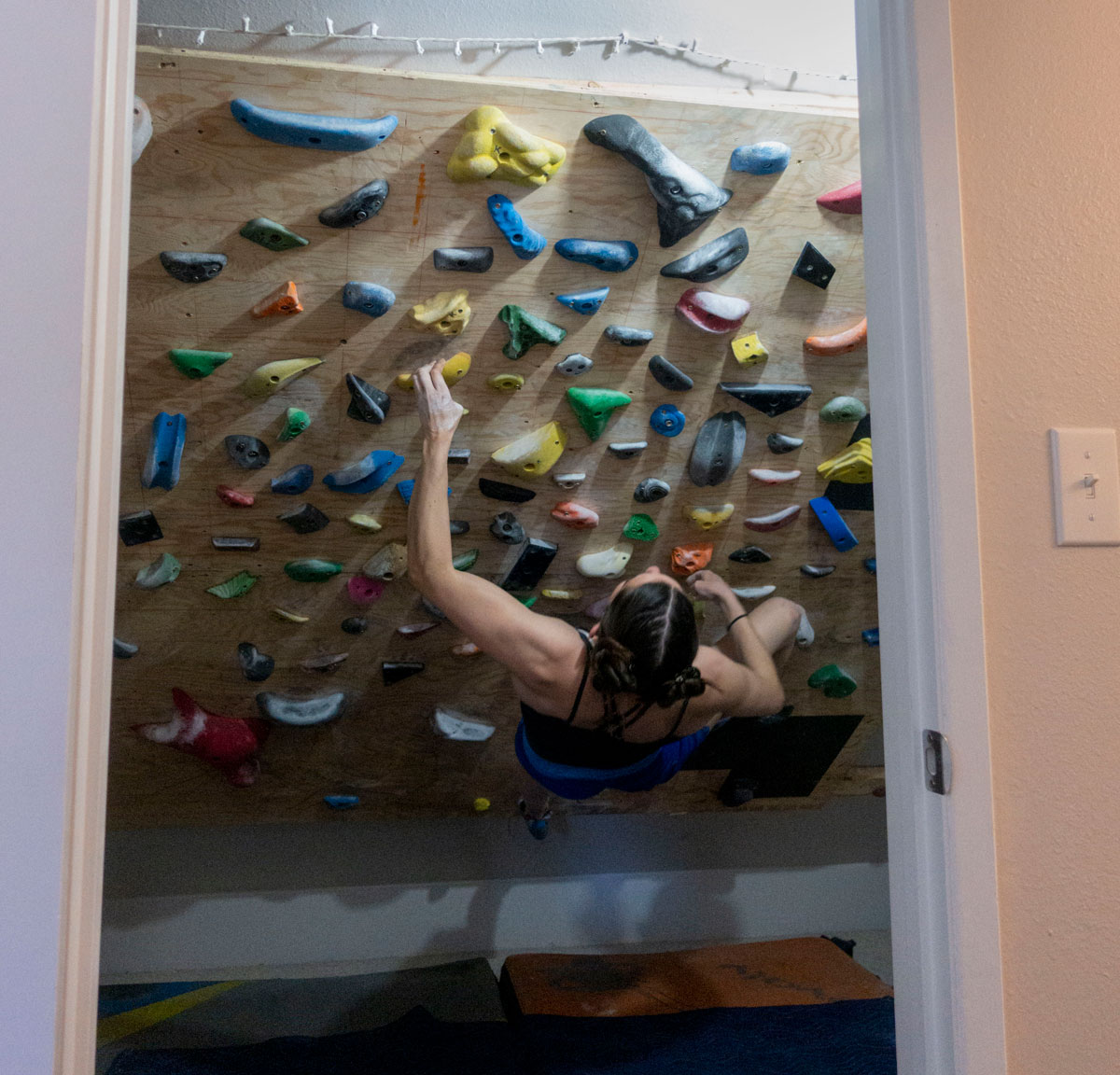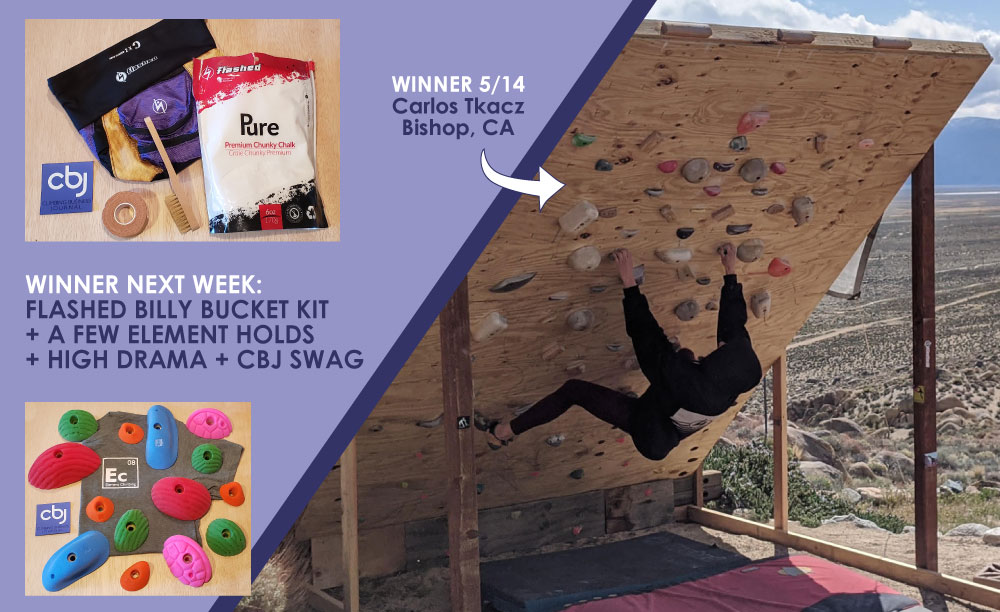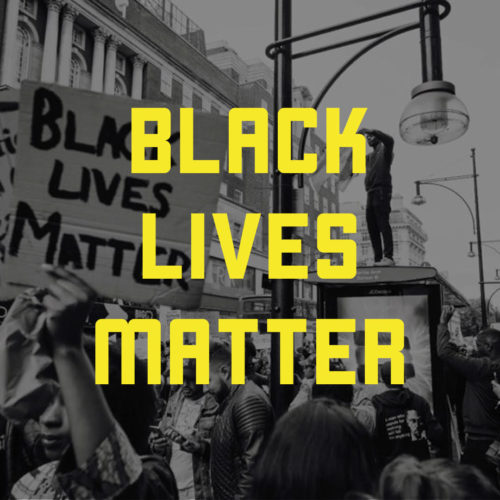
A number of climbing gyms have taken to social media to express support and solidarity for the most recent nationwide protests against systemic racism and police brutality.
On February 23rd, Ahmaud Arbery was killed by a former police officer while jogging in his neighborhood in Brunswick, Georgia. Breonna Taylor, an EMT, was killed on March 13th after officers forced their way inside her home in Louisville, Kentucky. Most recently, George Floyd was killed by a police officer in Minneapolis on May 25th.
These events―and many others―have sparked ongoing unrest in major cities and metropolitan areas around the United States. Protests have also been taking place in Toronto, Berlin, Copenhagen, London and other places around the world.
A Wave of Climbing Gyms Showing Support
On Sunday, May 31st, Planet Granite posted a message that read in part, “What happened to George Floyd (and countless others) is wrong. Many of us may not fully understand or have experienced something like this and maybe even feel a bit helpless. Don’t. We need to support the differences that make us stronger as a community.”
The post was soon shared by regional Planet Granite Instagram accounts, including Planet Granite Santa Clara, Planet Granite San Francisco and Planet Granite Portland.
The same message was also shared on the Instagram accounts of Earth Treks and Movement Climbing + Fitness. Earth Treks, Movement and Planet Granite all share the same parent company.
On the same day, Edgeworks Climbing in Tacoma, Washington, posted a message that stated, “We stand in solidarity with those speaking out against systematic racism in our country, demanding justice and change.”
A wave of climbing gyms showing their support has poured in this week. The Cliffs at LIC, a gym based in the New York City metro area, reposted a message from the nonprofit organization known as the Outdoor Alliance. The message stated: “Recent events, including Ahmaud Arbery being murdered while he was out for a jog, and Christian Cooper being threatened while birdwatching in Central Park, are the latest in a long and shameful string of injustices toward Indigenous, black, and brown individuals outdoors.”
In Colorado, The Spot shared a quote from Barack Obama on Facebook alongside a picture of the memorial site for George Floyd. In Indiana, Hoosier Heights called out racism and hatred in general: “We at Hoosier Heights stand in solidarity with the Black community as we work together to create a more just and equitable society. Racism and hatred have no place in climbing or in our community.”
In New Orleans, the New Orleans Boulder Lounge cancelled all 6pm and 8pm climbing sessions this week and urged climbers to attend the demonstrations instead: “We realize that these changes may cause you inconvenience or annoyance. We hope you understand that these things pale in comparison to the harms of white supremacy and police brutality.”
Multiple Gyms Encourage Donations
Multiple climbing gyms have been encouraging donations to social justice organizations. Summit Climbing, which operates seven gyms in the Dallas-Fort Worth and Oklahoma City areas, announced that all locations will be holding fundraisers for Color of Change, “a progressive nonprofit civil rights advocacy organization.” Summit posted on its Instagram account: “Our country is hurting right now. Our cities, our communities, are hurting right now. We want you to know that we see you, and we stand in solidarity with you. We will not be silent. We will fight racism and injustice with you. We want to hear you, to learn with you, to champion you.”
Oso Climbing Gym, also in Dallas, posted a message that read, “Fear, injustice and violence are facts of life for black Americans. Things must change, and we stand in solidarity with you.” Oso announced that it will exchange day passes for donation receipts this week; customers who show donation receipts on June 5th will be allowed to climb at the gym for free that day. A message on Oso’s Instagram account announcing the initiative specifically recommended a number of organizations for donations, including Color of Change, Black Youth Project 100 and The Sentencing Project.
Also in Texas, Austin-based Crux Climbing Center announced they are matching donations to several groups through June 3rd. “As a business built on community, we cannot be silent when a part of our community suffers. We have a responsibility to not only speak up, but to take action,” reads their post, which includes links to Black Lives Matter, Campaign Zero, NAACP and Austin Justice Coalition for donations.
Boulder Rock Club shared a donation link to Black Lives Matter, which was “founded in 2013 in response to the acquittal of Trayvon Martin’s murderer,” according to the organization’s website. Boulder Rock Club’s post on Instagram stated: “Black Lives Matter. The Boulder Rock Club supports our Black members, guests, community members and climbers. We condemn all forms and acts of racism and discrimination.”
In Portland, Oregon, The Circuit also encouraged donations to Black Lives Matter, as well as Black Visions Collective, Reclaim the Block, and the Portland branch and Legal Defense Fund of the NAACP. An Instagram post read: “We are heartbroken + angered by the continued injustices against black lives in our city, in our state, and in our country.”
Nosotros, a nonprofit climbing gym in Cleveland, began selling t-shirts in order to raise proceeds for the George Floyd Memorial Fund: “Was Floyd’s asphyxiation wrong? Absolutely. Does racial injustice need to suffocate? Undeniably. Will broken windows result in change? Hopefully. Should Nosotros try to help? Immediately.”
Brands Point Out Broken Systems
Several climbing brands have also been posting messages on social media. A message from Organic Climbing read in part, “As Minnesota natives, we watched our old stomping grounds burn and witnessed our country’s raw pain laid bare…The deaths of George Floyd, Ahmaud Arbery, Breonna Taylor, and an outrageous number of others, including last year, Osaze Osagie in our Pennsylvania town, expose the deeply broken systems and institutions in our country.”
Tension Climbing emphasized in an Instagram post the long history of racism in America preceding the protests: “It’s important to understand that this is coming 400yrs too late. Our country is and has been denying basic human rights to Black, Indigenous, and People of Color (BIPOC), and we must stand in solidarity against White Supremacy, Systemic Racism, and Police Brutality.”
An Instagram post from The North Face stated, “We know and acknowledge that for too long, racism has made the world unequal and unsafe. We recognize the pain and suffering racism has caused and are making a commitment to be part of the solution. We are standing up, because we owe it to everyone affected, ourselves and you.”
Professional Athletes Speak Out
A number of elite American climbers have been using their personal social media accounts as platforms for public messaging on the topics of Floyd’s death, racism and social justice. Those who released messages on Instagram, either as posts or stories, included Sean Bailey, Nathaniel Coleman, Kyra Condie, Margo Hayes, Alex Johnson, Kai Lightner, Daniel Woods and Ashima Shiraishi. Shiraishi, using the hashtags #blacklivesmatter and #nojusticenopeace, listed several organizations for donations, including Black Lives Matter, Reclaim the Block, Brooklyn Community Bail Fund and Black Visions Collective.




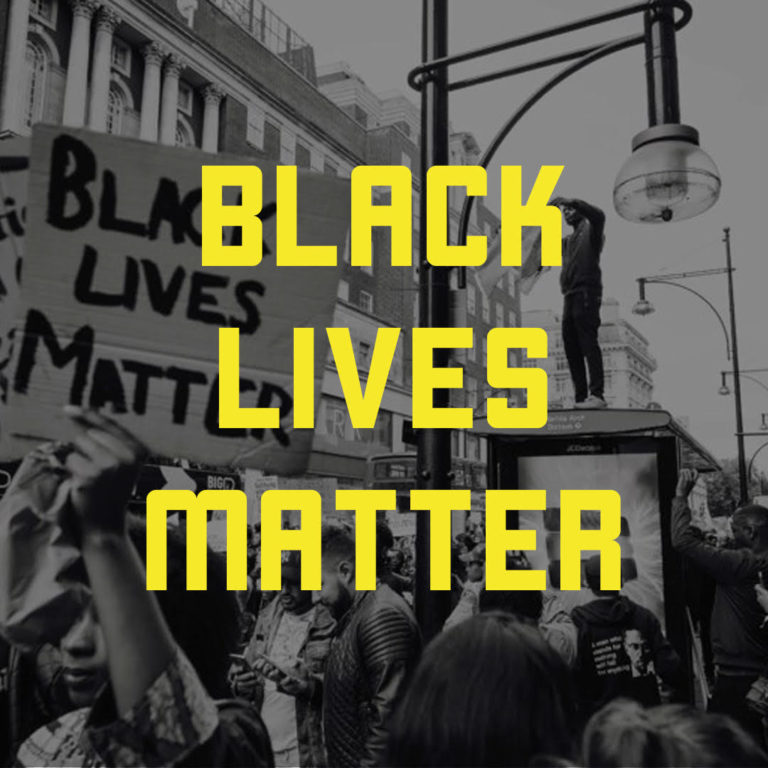
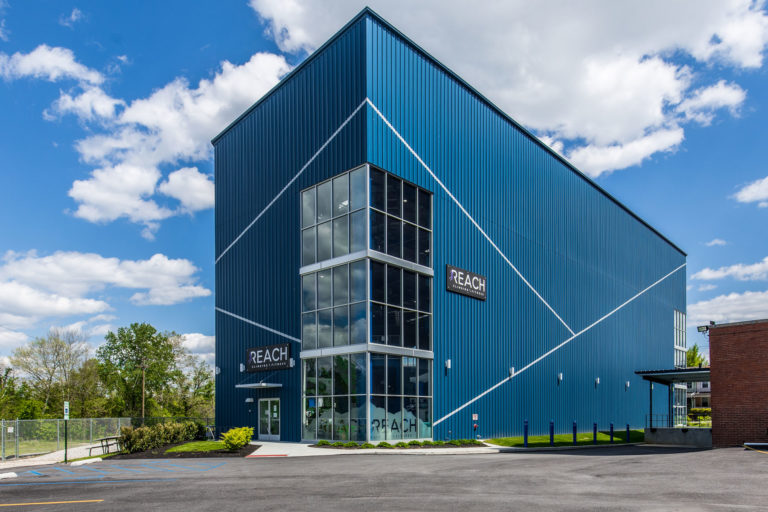


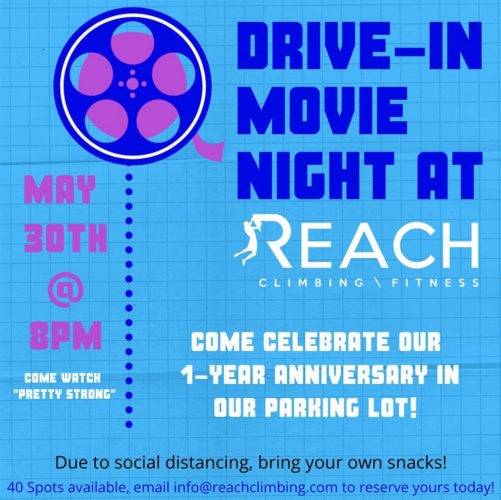
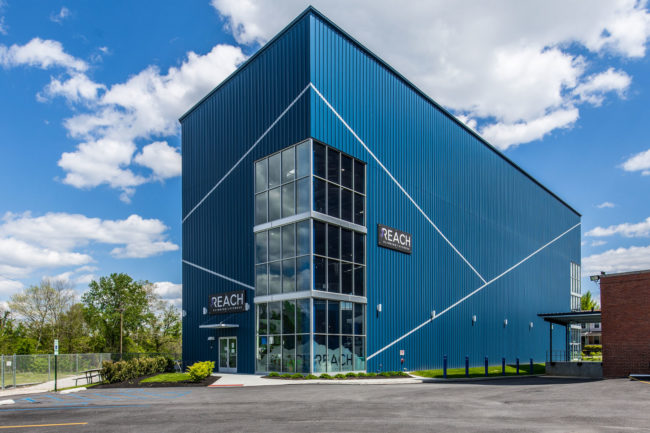
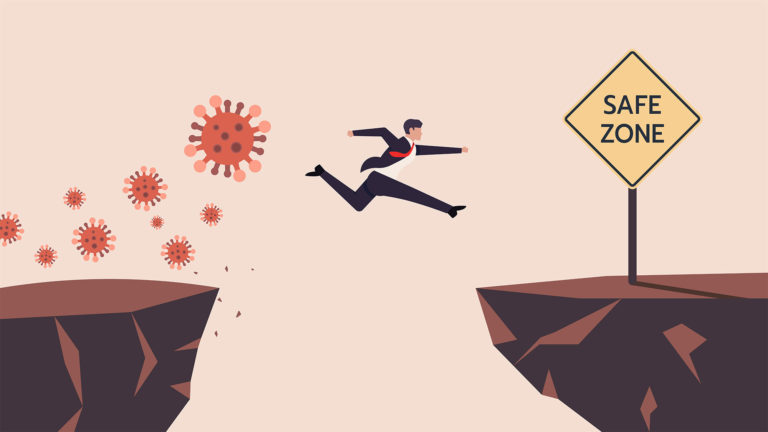
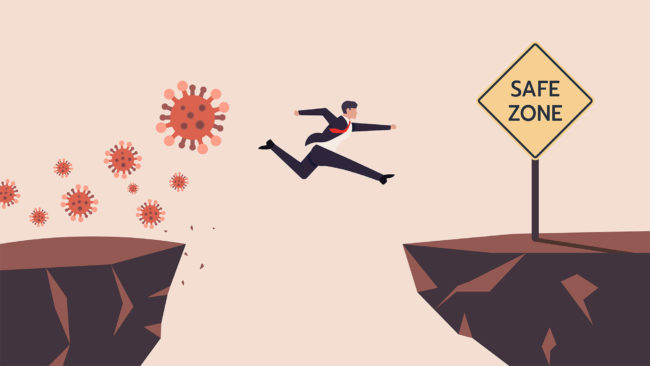


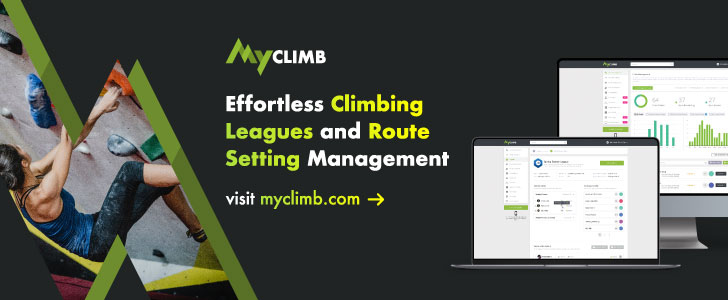
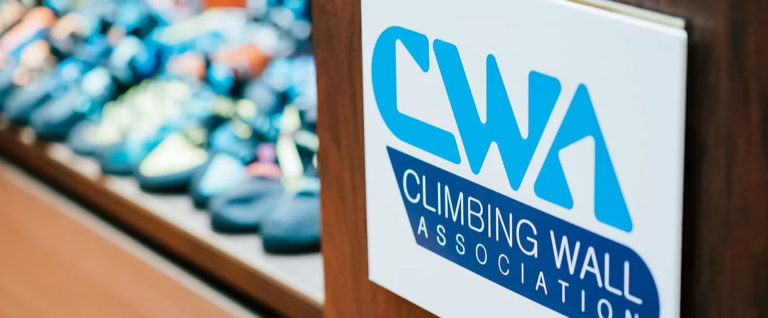
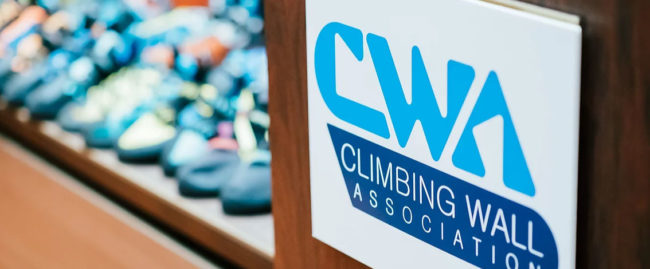 The Climbing Wall Association (CWA) announced last month that it will start restructuring the organization, starting with the leadership team. Industry growth was cited as the primary reason for the changes, although the current crisis was also mentioned. Since the CWA formed in 2003, the
The Climbing Wall Association (CWA) announced last month that it will start restructuring the organization, starting with the leadership team. Industry growth was cited as the primary reason for the changes, although the current crisis was also mentioned. Since the CWA formed in 2003, the 